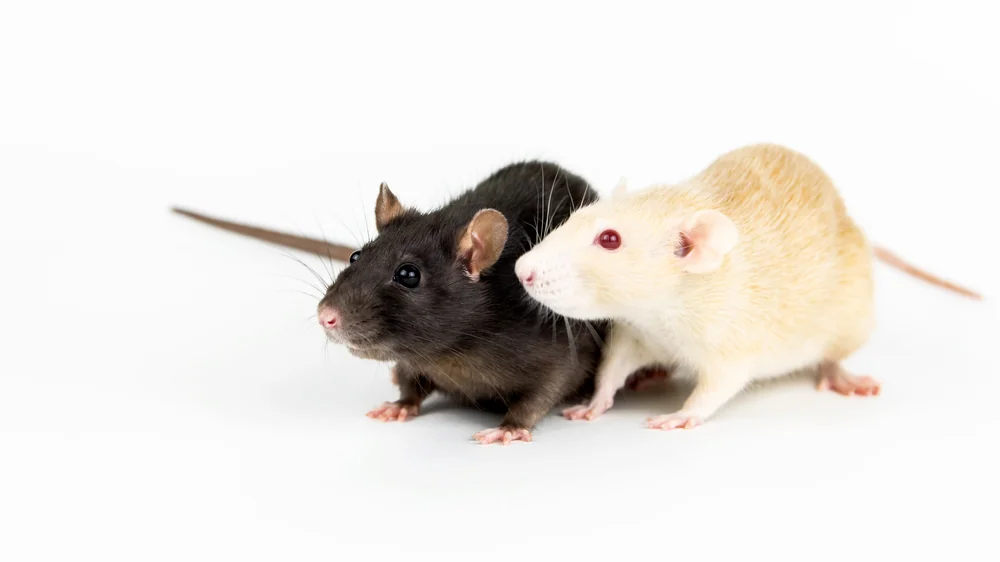In a new review paper published in GeroScience, the researchers explored the translatability of anti-aging interventions across species and received somewhat alarming results [1].
Necessary, but not the best
Model organisms have been widely and successfully used to understand the molecular processes driving disease pathologies, identify drug candidates, and test therapeutic interventions.
Modern drug development is composed of several stages, including preclinical studies in which drug candidates are tested in animals for their safety and efficacy and the right dosage and administration route are determined.
Unfortunately, the vast majority of drug candidates fail for various reasons. The incomplete translatability of results obtained from preclinical species to humans is one of them. After all, 30-40% of drug candidates fail at Phase 1 [2,3]. Likewise, potentially effective therapeutics might never even enter clinical trials due to their failure at the preclinical stage.
Much effort is being made to substitute or augment drug testing in animals with such approaches as 2D and 3D in vitro models, organoids, and in silico methods. Nonetheless, the complexity of human physiology means that it is often necessary to use similarly complex models: other living organisms.
Given that aging is an even more difficult problem than any disease, it is of paramount importance to determine how representative animal studies are of what is going on in an aging human body.
To address this issue, the authors of this review assessed if lifespan-extending compounds identified in invertebrate models, such as Caenorhabditis elegans worms and Drosophila melanogaster flies, are also effective in mice. This analysis gives a hint to the translatability of successful anti-aging lab animal interventions to humans.
Three lab musketeers
The researchers first used the DrugAge database, which contains information about compounds that extend the lifespan of all three model organisms: mice, flies, and worms.
They identified 37 compounds that extend lifespan in mice and either flies or worms. Their analysis shows that predicting the beneficial effect of interventions in mice based on data from flies and worms is not significantly more useful than just picking the compounds randomly from the list. The predictive power for Drosophila was higher than for Caenorhabditis.
Although the sensitivity of prediction was relatively high, i.e. 94% and 86% of compounds that extend lifespan in mice also do so in flies and worms, respectively, the specificity was extremely low. This means that it is impossible to know what doesn’t work as a life-extending intervention in mice based on the data from flies and worms.
More data, similar results
The researchers then complemented this analysis with a separate approach in which they took the results from the Interventions Testing Program (ITP) in mice, Caenorhabditis Interventions Testing Program (CITP), and Drosophila studies.
Using these datasets, they identified 20 compounds that extend lifespan in mice and either flies or worms. Similarly to their first analysis, they show that selecting anti-aging interventions for mice based on data from invertebrates is not significantly better than selecting the compounds at random.
It is conceivable that the drivers of aging are different between invertebrates and mammals. The translatability from mice to humans might be better simply because the same organs and morbidity-driving pathologies are present in both.
On the other hand, unlike mice, humans are a long-lived species, and it is unclear how much we can safely infer about the effectiveness of human anti-aging interventions based on mouse data.
Abstract
A growing number of pharmaceutical and small molecule interventions are reported to extend the lifespan of laboratory animals including Caenorhabditis, Drosophila, and mouse. However, the degree to which these pro-longevity interventions are conserved across species is unclear. Here, we took two approaches to ask the question: to what extent do longevity intervention studies in Caenorhabditis and Drosophila recapitulate effects on mouse lifespan? The first approach analyzes all published reports on longevity in the literature collated by the DrugAge database, and the second approach focused on results designed for reproducibility as reported from the NIA-supported Interventions Testing Program (ITP) and the Caenorhabditis Interventions Testing Program (CITP). Using published data sources, we identify only modest sensitivity and specificity of Drosophila interventional studies for identifying pro-longevity compounds in mouse lifespan studies. Surprisingly, reported studies in C. elegans show little predictive value for identifying drugs that extend lifespan in mice. The results therefore suggest caution should be used when making assumptions about the translatability of lifespan-extending compounds across species, including human intervention.
Conclusion
This review paper highlights the importance of studying age-related phenomena in the organisms that researchers intend to manipulate them in. The translatability of results from one species to another, especially for distantly related animals, is clearly limited for lifespan-extending interventions.
Model organisms are still invaluable tools to discover basic molecular processes and screen for potential anti-aging therapeutics. Nevertheless, new approaches to studying aging and developing ways to interfere with it directly in humans could be the innovations that the field desperately needs.
Literature
[1] Bene, M. & Salmon, A. B. Testing the evidence that lifespan-extending compound interventions are conserved across laboratory animal model species. Geroscience (2023) doi:10.1007/s11357-022-00722-0
[2] Takebe, T., Imai, R. & Ono, S. The Current Status of Drug Discovery and Development as Originated in United States Academia: The Influence of Industrial and Academic Collaboration on Drug Discovery and Development. Clin. Transl. Sci. 11, 597–606 (2018)
[3] Mullard, A. Parsing clinical success rates. Nat. Rev. Drug Discov. 15, 447 (2016)


